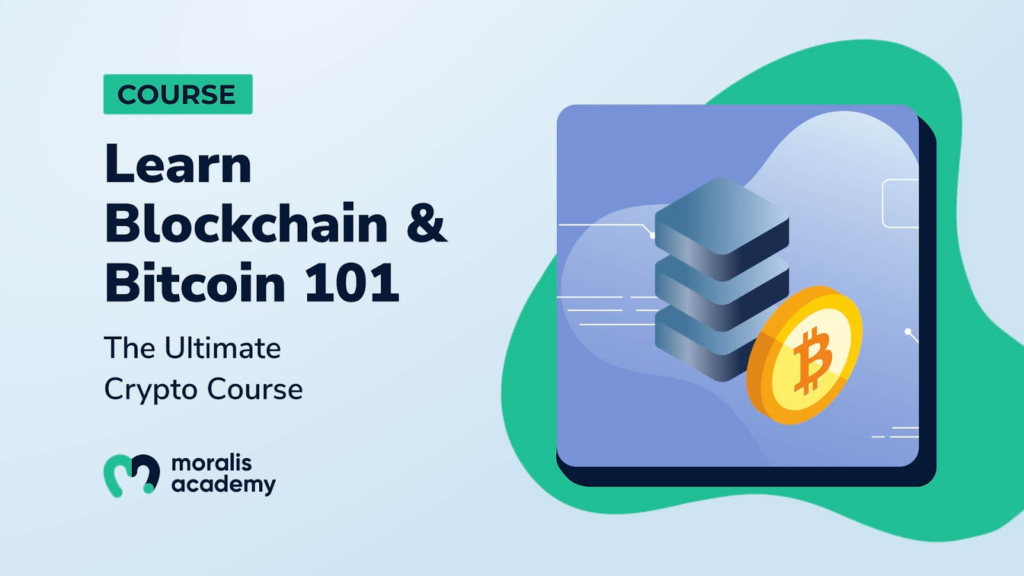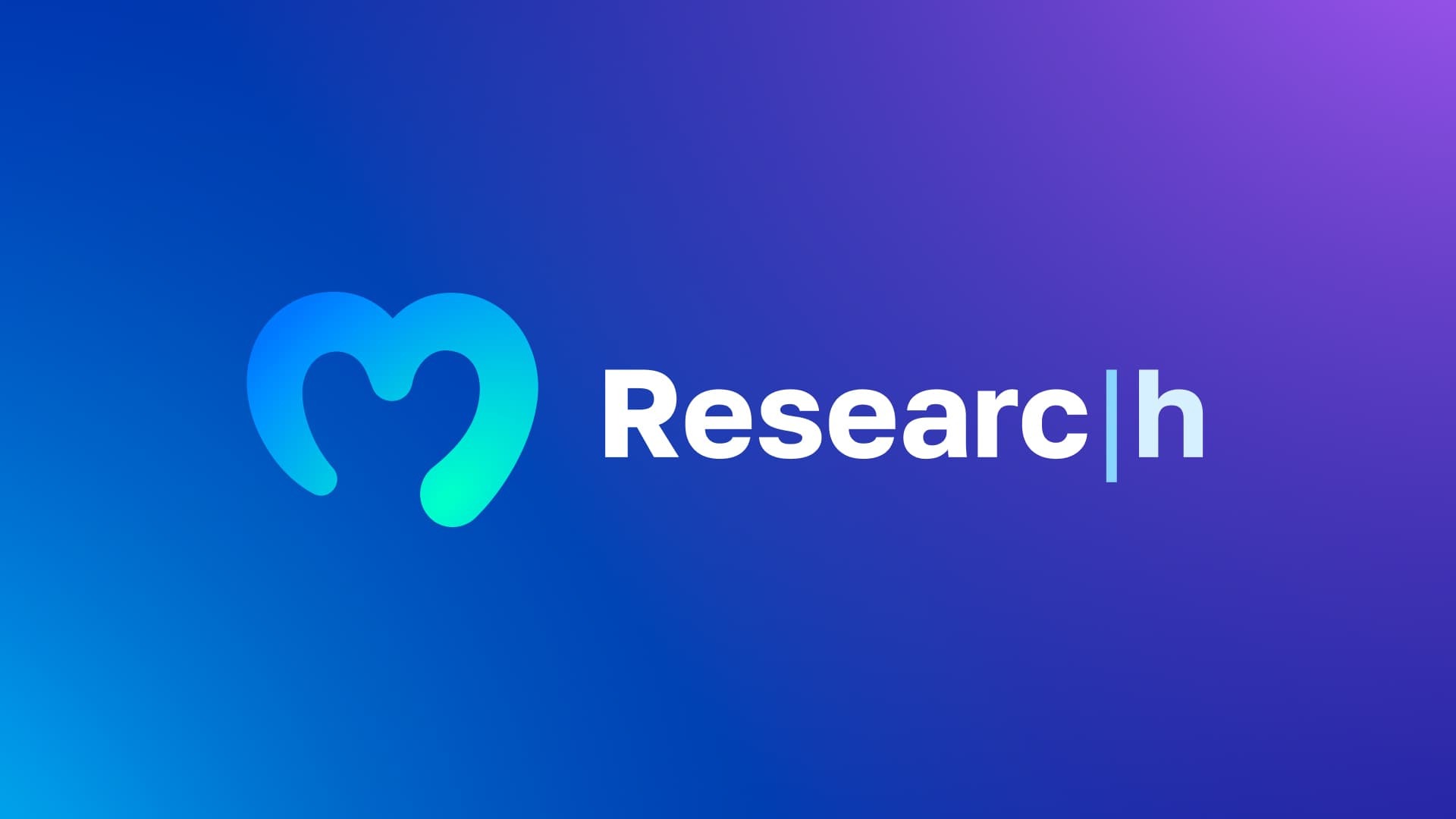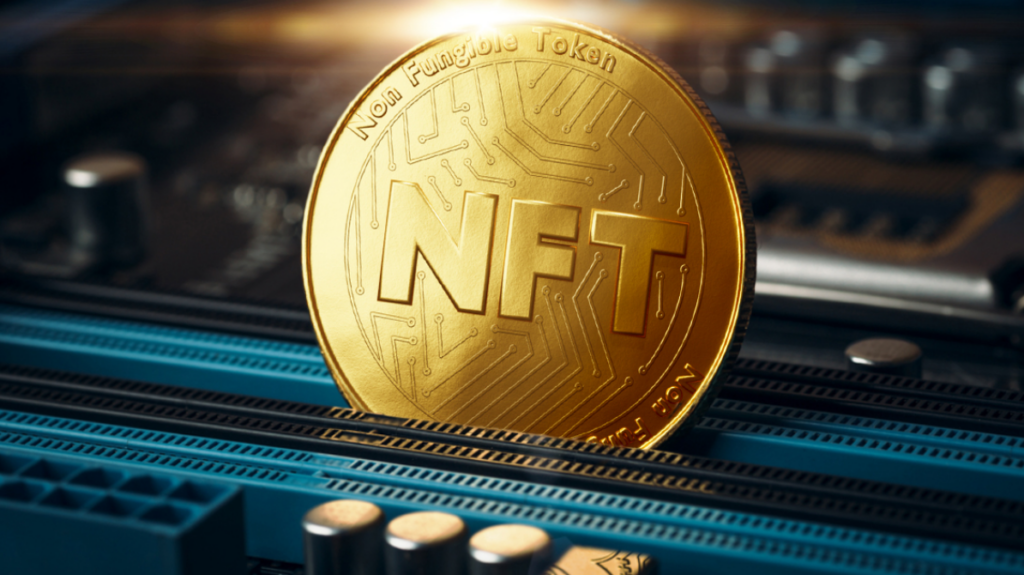Many crypto projects attempt to solve common blockchain issues and provide users with innovative solutions. Chain Protocol is one of those projects. It aims to improve blockchain technology and give users, developers, and businesses an efficient blockchain infrastructure. Blockchain efficiency was relatively low during the early days of cryptocurrency. Early blockchain networks could process only a few transactions simultaneously. They weren't very scalable or fit for use on a massive scale. For example, when many users send Bitcoin transactions simultaneously, the network becomes congested. During these periods, transactions can take longer than 10 minutes to process, and the transfer fees also get high. On the Ethereum (ETH) blockchain, gas fees also spike during periods of network congestion.
Chain Protocol aims to solve these issues by providing users with high speed and efficiency. In this article, we'll take a detailed look at Chain Protocol to find out all the essential characteristics of this project. We'll find out how Chain Protocol works and explore its essential products. Furthermore, we'll check out the XCN token and its tokenomics.

There's a lot to learn about in the blockchain space, which has thousands of exciting projects with innovative features. Start your blockchain journey with the Blockchain and Bitcoin 101 course at Moralis Academy.
What Is Chain Protocol?
Chain is a blockchain protocol that provides users with a highly efficient, fast, and scalable cloud blockchain infrastructure. The protocol is most suitable for projects in the field of financial services, but it also provides various additional features. Chain Protocol mainly caters to business-grade clients searching for a reliable blockchain solution. Blockchain technology's popularity has rapidly expanded over the last few years. Numerous companies across the globe already recognize that blockchain technology can boost their business operations. These companies need a reliable blockchain service provider that can create custom blockchains. Chain Protocol targets these companies with a wide range of products and services for business integrations.
The project was founded in 2014 and received 40 million USD in funding from companies like Pantera Capital, Nasdaq, Visa, Citigroup, Khosla Ventures, and others. Adam Ludwin, a venture capital professional with investments in companies such as Vine and Slack, is the founder of Chain. In 2018, the Stellar Development Foundation, the company behind the Stellar Lumens (XLM) cryptocurrency, bought Chain. There's no public record of the value of the purchase. However, some sources claim Stellar paid up to 500 million USD in XLM for Chain.
In 2021, Stellar sold Chain, and the project now has a new team to develop Chain into a mainstream blockchain financial service provider. With Chain, companies like banks and payment service providers can integrate blockchain technology and boost efficiency. Chain aims to drive blockchain adoption among financial companies.

Check out our blockchain guides section to broaden your knowledge about blockchain technology.
What Does Chain Protocol Aim to Solve?
There are two key issues that Chain aims to solve. The first issue is the various problems of legacy financial systems. These systems are outdated software solutions for facilitating transactions, storing funds, and securing assets. Most banks and traditional financial institutions use legacy financial systems which have single points of failure. Heavy centralization means that a small number of centralized validators process all transactions. The transactions take a lot of time to process, and that's precisely why bank transfers take hours or days. Even payment card transactions take up to 48 hours to reach their destination. Legacy financial systems are also expensive to maintain and charge hefty transaction fees. Additionally, such systems aren't very secure and often use outdated safety protocols. If someone manages to breach their security mechanism, all of the user funds and data are in danger.
In short, legacy financial systems are slow, insecure, inefficient, and expensive. Chain Protocol provides fast transactions, high network throughput, and low transaction costs to solve these problems.
The second issue Chain Protocol attempts to solve with its solutions is the problem of public blockchain architecture. Most popular blockchains are public blockchains, and they use a permissionless structure, which means anyone can participate in them. Public blockchains use thousands of decentralized nodes and store blockchain copies on numerous computers. These blockchains are great for mass use but sometimes aren't suitable for private businesses. Instead, Chain creates custom blockchains for its clients. These blockchains are permissioned networks that only allow users with permission to access them. They are much more centralized compared to public blockchains. However, they are a more secure and efficient option for business clients. Permissioned networks are the middle ground between public and private blockchains.

Chain Protocol Permissioned Blockchain Structure
Chain provides clients with custom blockchain solutions to fit their business needs. Traditional businesses that want to update their systems and move to Web3 often find it risky to use a public blockchain. With public blockchains, companies have no control over who is validating transactions and whether all transfers are legitimate. Using a public blockchain can sometimes carry more difficulties than benefits for a private company. A public blockchain is a great solution for a DeFi app that relies on decentralized architecture and community governance. However, a bank or another financial company can lose control over a considerable amount of its business by using a public chain.
Because of this, Chain Protocol specializes in creating custom permissioned blockchains. Permissioned blockchain architecture combines public and private networks. Businesses get many of the benefits of public chains, such as efficiency and scalability, along with the added security and privacy of private blockchains. Permissioned blockchains can use a decentralized transaction-validating mechanism similar to public blockchains. However, the decentralized validator structure is subject to company control. In practice, hackers can't compromise the whole network if they break into the company's network. The decentralized validator system makes sure there's no single point of failure.

JavaScript is essential for Web2 developers, but it's also a great starting point for various Web3 programming languages. Learn JavaScript programming at Moralis Academy today.
Chain Cloud
Chain Cloud is one of the key products of Chain. Essentially, Chain Cloud is the network's decentralized infrastructure protocol. Developers can use Chain Cloud to access on-demand blockchains and customize their projects. Various development services within Chain Cloud are ideal for businesses to create custom blockchains according to their needs. For example, an online payment processing company can use Chain Cloud to streamline its payment services with a blockchain network.
Chain Cloud offers two types of application programming interfaces (APIs). The first one is the Standard API, which gives users access to various public blockchains. Developers can utilize Chain's reliability and security while building apps on existing public blockchains. Blockchains developers can use the Chain Standard API to access Ethereum, Arbitrum, Fantom, Celo, Avalanche, and the Binance Chain. The Standard API provides users with free, fast, and efficient API endpoints. This API builds on permissionless network architecture since it connects to public blockchains.
The second type of API is the Chain Premium API. The Private API allows developers to build custom blockchain projects on the closed, permissioned Chain network. Chain's Premium API is fast and secure. Developers get access to private and secure endpoints, and they get to decide who has access permission. Clients that choose the Premium API need to pay a certain amount of XCN tokens annually.
Developers and businesses using Chain infrastructure can deploy Chain enterprise nodes to govern their projects and process network traffic. Clients can monitor the performance of all of their nodes within a single dashboard.
If you’re a developer looking for the fastest way to prototype, build, and launch an NFT project, check out the cross-chain Moralis NFT API.
Chain Sequence
Sequence is Chain Protocol's Ledger-as-a-Service product, allowing clients to build a secure blockchain ledger on a cloud infrastructure. Just like software as a service (SaaS) creates custom software solutions for companies, Sequence creates customized blockchains. Users can implement the Chain APIs while creating their custom blockchain networks. Instead of spending lots of time developing a blockchain from scratch, Sequence gives developers a ready-made solution. Developers can customize the Sequence ledger according to their needs and import new app functionalities and features through smart contracts. Clients can launch any type of app using Sequence, from exchanges and marketplaces to payment processing apps.
Although Sequence hosts blockchain projects on the Chain Protocol cloud infrastructure, clients have complete control over their projects. Every transaction within a specific project requires the corresponding keys, and no one but the client has access to the keys. Chain Protocol doesn't have the means to manipulate a client's project or gain access to its transactions. The combination of cloud hosting and user-held keys ensures a high degree of security for each project on Chain.
Developers can customize their Sequence experience by adding different features and internal mechanics. Sequence is flexible when it comes to the internal structure of projects. Additionally, the Sequence Explorer feature gives clients read and write access to their custom blockchain.

Solana is one of the leading blockchain networks for launching NFTs. Learn everything about the top Solana NFT marketplaces at Moralis Academy.
What is the XCN Token?
Chain Token (XCN) is the Chain Protocol's governance and utility token. Holders of XCN can propose changes and updates to Chain Protocol. Additionally, the XCN token pays fees on Chain Sequence and Chain Cloud. Furthermore, deploying Chain nodes and paying to access premium features such as the Chain Premium API requires XCN tokens.
The XCN token has an unusual maximum supply of 53,470,523,779 XCN tokens. Of this amount, 15 billion XCN goes to Chain Protocol's parent company. Five billion XCN goes to the developer team, and another 10 billion XCN is in the Chain DAO treasury. The team and DAO token allocations have a smart contract time lock that gradually releases 100 million XCN tokens each month. As for the company token allocation, the smart contract releases 200 million XCN per month.
The remaining XCN token supply of 23,470,523,779 tokens is circulating freely on the market.
The bear market carries a considerable degree of uncertainty. Learn how to invest during a crypto bear market at Moralis Academy.
Chain NFTs
Chain's Sequence platform also works as an all-encompassing NFT launchpad. Chain handles the NFT creation, launch, and sales process from start to finish. Clients only need to specify the details about the NFTs, what they want to accomplish, and what type of NFT collection they wish to launch. Chain even handles the design process.
Starbucks is joining the Web3 scene with its NFT functionalities. Check out our Starbucks Odyssey article to find out all the details.
Chain DAO
Chain Protocol specializes in creating private blockchain solutions for companies, but the protocol's governance is decentralized. All development decisions must go through Chain DAO, which gives the community control over the project's development. Part of the DAO community consists of Chain Protocol clients, the largest XCN token holders. Every XCN token carries one vote, which means that if a single entity has a million XCN tokens, they have a million votes. Although the decision-making is decentralized, it can become relatively centralized if a few entities hold most of the tokens.
Building a decentralized application can be fast and straightforward if you have the proper knowledge. Learn how to create a dapp in three steps with Moralis.
What is Chain Protocol and the XCN Token? - Summary
Chain Protocol is a cloud blockchain infrastructure provider focusing on business clients looking to develop Web3 solutions. The project provides traditional companies with a smooth mechanism for inducing blockchain technology into their businesses. Chain specializes in building permissioned networks for private companies, but it also has solutions for permissionless platforms.
Chain Protocol rose relatively quickly into the top 100 cryptocurrencies thanks to its custom blockchain solutions for business clients. However, various competitors offer similar services.
Learn the basics of cryptocurrency with the Crypto for Beginners course at Moralis Academy.




